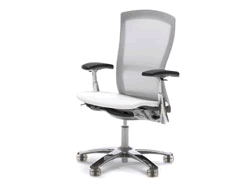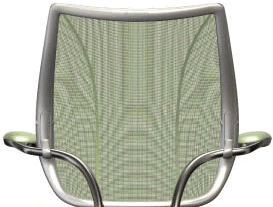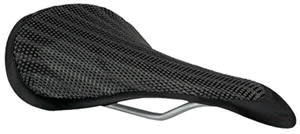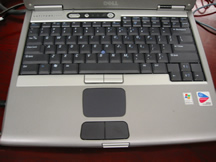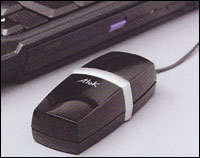A user experience idea, part of the LazyWeb
Positioning
BlogReader is a useful, everyday tool for many people. While other content tracking, reading, or ranking applications came and went, BlogReader has consistently provided the content readers wanted in an easy and flexible way, and in doing so has become an ingrained part of many people’s everyday lives.
BlogReader is essentially the Google of news readers: fast, smart, hip, leading edge, Net-savvy, in touch with the grass roots, and profitable.
Personas
Designing to user personas is a time-tested user-centered design process. Personas should be based on research that verifies our assumptions, but for now here’s a best guess of BlogReader users.
There are two main personas: The Occasional News Consumer and the Extreme Blog Aficionado:
The News Consumer
- Spends 15-30 min/day reading news
- Wants to supplement traditional news sources
- Willing to perform initial setup, then just wants to use the site
- Will spend about 5 min/day on BlogReader
The Blog Aficionado
- Spends 2 hours/day or more reading online
- Mostly ignores traditional media
- Passionate about certain authors and topics
- Wants to control his experience of BlogReader
Nancy the News Consumer
Nancy is an analyst with J.P. Morgan. She focuses on the manufacturing sector and needs to provide insightful information to her clients. She juggles numbers all day and wants to spend her time finding answers to her problems, not searching for information.
Nancy knows the big media companies suffer from groupthink – always regurgitating the same ideas. She’s hoping there’s blogs written by industry insiders who she can look to for honest, unique ideas.
She has previously set up BlogReader and visits the site in the morning during the first sips of coffee to see what’s new.
Features Nancy likes:
- Simple, easy user interface
- Displays the summary of new postings
- Automatically finds other blogs on her favorite topic
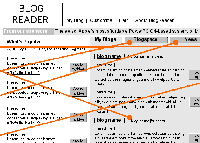
Nancy Uses BlogReader
Barry the Blog Reader
Barry is a programmer at Accelerate, a small IT consultancy in Seattle. After work he enjoys developing Linux modules and conversing with other developers about open source issues. His blog community includes specific individuals whose point of view he respects, and looks to them for links to other people with innovative and trustworthy opinions.
Barry starts, like Nancy, by going to BlogReader and reading his favorite sites. Unlike Nancy, links help him find new sites that he actively adds to his list, specifying how he wants BlogReader to analyze them. Because sites can differ so widely in editorial approach, he likes to create categories to keep them organized.
Features Barry likes:
- Detailed, customizable user interface
- Can track new posts by author, topic, or even a specific issue
- Like Blogdex, BlogReader will show him the popular links
- BlogReader knows what other sites are in the same “community” as his favorites, which is easier than manually trying to follow blogrolls
- The search interface lets him filter not only by keyword but also by his favorite sites
- The ability to see how his favorite authors have set up their BlogReader sites
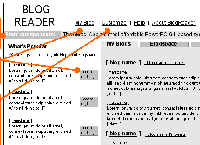
Barry Uses BlogReader

a snapshot of the competition



